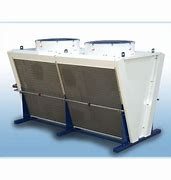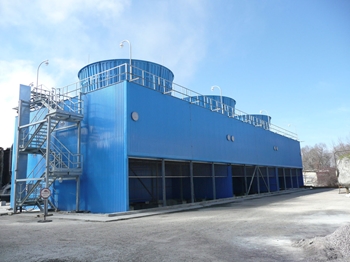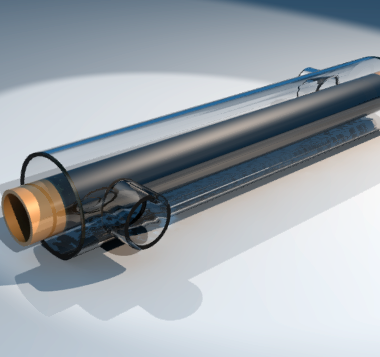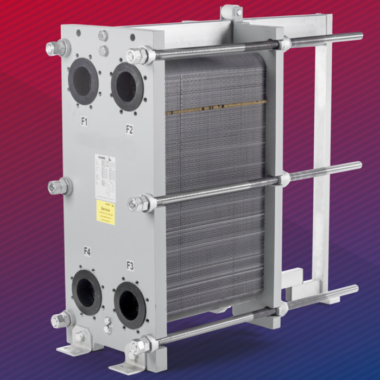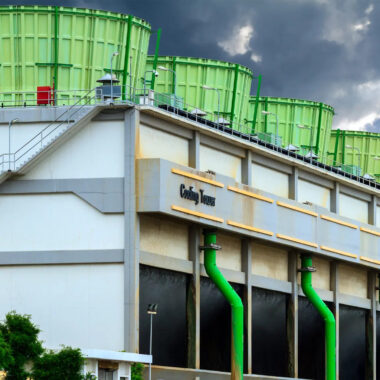Integration of Dry Cooling Towers in Renewable Energy Projects
Integration of Dry Cooling Towers in Renewable Energy Projects
Integration of Dry Cooling Towers in Renewable Energy Projects : As the request for renewable energy sources continues to rise, the require for effective and sustainable cooling arrangements gets to be progressively important. Dry cooling towers are rising as a viable choice in renewable energy projects due to their environmental benefits and operational productivity. Here’s an in-depth see at how dry cooling towers are integrated into various renewable energy projects.
1. What Are Dry Cooling Towers?
Dry cooling towers utilize air to cool the working liquid, unlike wet cooling towers that depend on evaporative cooling utilizing water. In dry cooling systems, heat is exchanged from the working liquid to the air through heat exchangers. This strategy eliminates the require for large quantities of water, making dry cooling towers particularly appropriate for arid regions and regions with water scarcity.
2. Integration in Solar Thermal Power Plants
Solar thermal power plants utilize mirrors to concentrate sunlight and create heat, which is at that point utilized to create steam and drive turbines. Here’s how dry cooling towers are coordinates into these systems:
Heat Dissipation: Dry cooling towers offer assistance dissipate the overabundance heat produced by the solar collectors. They cool the working liquid, frequently a heat transfer liquid or steam, by transferring heat to the surrounding air.
Water Conservation: Since dry cooling towers don’t require water for vanishing, they are perfect for solar thermal plants in desert areas where water is rare.
Operational Proficiency: By maintaining lower condenser temperatures, dry cooling towers progress the proficiency of the steam cycle, enhancing generally plant execution.
3. Integration in Geothermal Power Plants
Geothermal power plants harness heat from the Earth’s center to create power. The integration of dry cooling towers in these plants includes:
Cooling the Geothermal Fluid: After the geothermal fluid has passed through the turbines, it has to be cooled some time recently being re-injected into the Earth. Dry cooling towers give an effective means to realize this.
Environmental Impact: Dry cooling systems diminish water usage and minimize the environmental impact, which is significant for geothermal plants found in naturally sensitive areas.
Efficiency: By decreasing the temperature of the condenser, dry cooling towers help maintain the efficiency of the Rankine cycle utilized in geothermal power generation.
4. Integration in Biomass Power Plants
Biomass power plants convert organic materials into energy through combustion or biochemical forms. Dry cooling towers play a part in:
Cooling Exhaust Steam: Similar to other thermal power plants, biomass plants produce steam to drive turbines. Dry cooling towers cool the exhaust steam from the turbines, condensing it back into water.
Sustainability: By using dry cooling towers, biomass plants can decrease their water impression, adjusting with the overall objective of sustainability in renewable energy projects.
Location Adaptability: Dry cooling systems allow biomass plants to be sited in areas with limited water assets, growing the potential locations for these facilities.
5. Advantages of Dry Cooling Towers in Renewable Energy Projects
Water Conservation: One of the foremost critical benefits of dry cooling towers is the preservation of water, a critical calculate in many renewable energy projects.
Environmental Benefits: Diminished water utilization leads to lower environmental affect, making renewable energy projects more maintainable and eco-friendly.
Lower Operational Costs: Although dry cooling towers might have higher starting costs, they frequently result in lower operational costs due to reduced water treatment and consumption.
Flexibility: Dry cooling towers can be utilized in a wide range of situations, counting arid regions and ranges with strict water utilization regulations.
6. Challenges and Considerations
Whereas dry cooling towers offer various benefits, there are challenges and contemplations to be sure :
Productivity: Dry cooling towers can be less productive in exceptionally hot climates compared to damp cooling systems. The effectiveness of heat exchange depends on the surrounding discuss temperature.
Initial Costs: The introductory speculation for dry cooling towers can be higher than conventional damp cooling systems, although the long-term reserve funds and natural benefits regularly legitimize the cost.
Space Necessities: Dry cooling towers may require more space due to the require for expansive heat exchangers and airflow pathways.
Conclusion
The integration of dry cooling towers in renewable energy projects offers a economical arrangement to the cooling needs of solar thermal, geothermal, and biomass power plants. By preserving water, decreasing natural affect, and giving operational effectiveness, dry cooling towers back the growth and practicality of renewable energy innovations. As the request for renewable energy proceeds to rise, the part of dry cooling towers will likely become even more critical, driving innovation and supportability in the energy sector.
